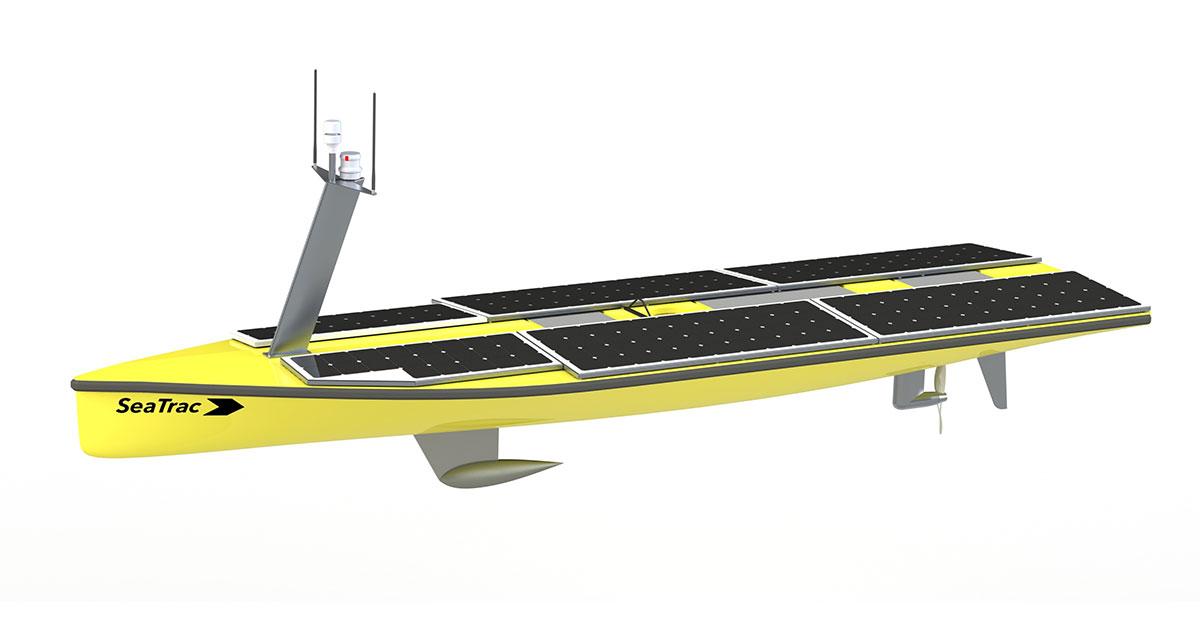SeaTrac has completed a test project in conjunction with biologists from the Woods Hole Oceanographic Institution (WHOI), and Bowdoin College aimed at improving shellfish monitoring through use of sensors that detect harmful algal blooms (HABs) in the water directly, instead of via testing shellfish meat in a lab.
The researchers are using two sensors to detect HABs, both manufactured by McLane Research Labs, Inc. They are the Imaging FlowCytobot (IFCB) and the Environmental Sample Processor (ESP). Both are relatively large and require a fair amount of power, which is why most testing to date has been done with the sensors moored at fixed location or deployed from piers. However, the researchers believe that mobilizing the sensors would allow them to sample a larger body of water and provide sufficiently detailed data over much larger areas.
In the summer of 2018, the team used SeaTrac’s Development Platform to power the IFCB and make it mobile. The results provided information about how the instrument and the platform work together, sampling in confined passages close to shore and out in the open ocean, and helped determine what changes should be incorporated into SeaTrac’s production model.
Tests showed that samples taken at the same location by different sensors were consistent with each other, and samples taken by hand were consistent with those taken by the instruments. From the standpoint of the SeaTrac ASV, the goal of the mission was to see how the SeaTrac Development Platform worked to make the IFCB operate as a mobile sensor:
Power: The solar panels were able to collect plenty of power to support the IFCB. It was spring in Maine with average weather for the test, and so future operations during spring, summer and fall are reasonable.
Speed: The SeaTrac Development platform typically runs at a cruise speed of 3 kt. With the IFCB mounted externally, the platform ran at roughly 2.75 kt. Fighting the tidal current, speed over the ground dropped another knot or more, resulting in speed over the ground of about 1.5 kt.
Launch and Recovery: The ASV was easily launched and recovered with the standard ASV trailer from the local boat ramp in Harpswell.
Communications: Despite spotty cell coverage in parts of Harpswell Sound, the combination of RF, cellular and satellite communications enabled us to successfully monitor and control both the ASV and IFCB sensor during the entire mission and make any necessary changes.
Using the IFCB and ESP sensors allow researchers to detect and better predict the landfall of HABs. Lessons learned with the SeaTrac Development Platform on this mission (and others) have also helped shape the SP-48 production model, due to ship summer of 2019. For more information, visit www.seatrac.com





